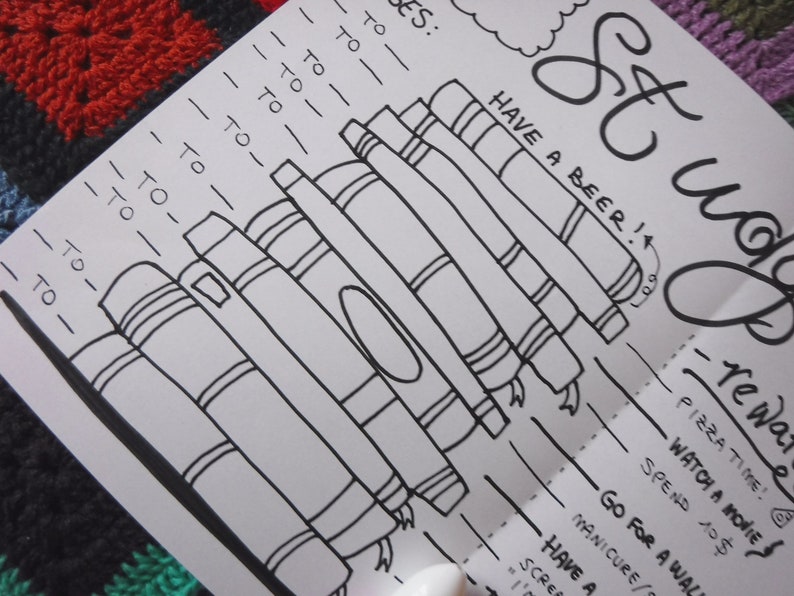

So is Army Chief Warrant Officer 2 Christopher Johnson, who died at age 31, leaving behind a wife and three step-children, when the Chinook helicopter he was piloting crashed in Iraq in August 2007.
ALBUQUERQUE JOURNAL REWARDS CODE
Navajo code talkers and Christian missionaries are buried here. So are the artificial flowers – some bright with new resolve, others faded by long vigilance – that spill over many of the graves. REHOBOTH – Memorial Day was still days away, but in the Rehoboth Cemetery there were lots of American flags, some of them mangled by New Mexico’s insistent and irreverent winds.įlags are a constant in this cemetery. A memorial fund set up in Christopher’s name paid for the establishment of a Pre-K program at Rehoboth Christian School. This Research Topic aims at collecting review articles and new experimental results relevant to the understanding of how dopaminergic and other inputs to the nucleus accumbens and prefrontal cortex mediate both reward and aversion and how they interact in the control of behavior, including dopamine receptors and the role of non-dopaminergic inputs through various pathways.Chuck and Mary Johnson stand at the grave of their son, Army Chief Warrant Officer 2 Christopher Johnson, in the Rehoboth Cemetery. As we approach the end of the first quarter of the 21st C it seems an opportune time to review the progress in this field. These findings are leading to a new understanding of the complex systems underlying the phenomena of reward and aversion and how they interact. Since 2010 new methods that allow the selective stimulation or identification of a specific population of neurons have become available and have been applied to neurons in various parts of the putative reward and aversion systems. Some medially placed neurons that project to the medial nucleus accumbens are excited by aversive stimuli whereas more lateral neurons project to more lateral regions of the nucleus accumbens and are excited by novel rewarding stimuli and inhibited by aversive stimuli. By the end of the first decade of the 21st C, it was becoming accepted that dopamine neurons were organized in groups with different properties. This apparent paradox implied that dopamine might mediate the effect on the behavior of both reward and aversive events. However, neurobiochemical studies had shown that dopamine neurons were activated by non-rewarding stimulation, and dopamine was released into the forebrain by aversive stimulation or anxiety, as well as by rewarding events. In support of the dopamine hypothesis, there were a number of studies showing that the blockade of dopamine receptors seemed to block the rewarding effects of brain stimulation and natural rewards. Other findings were puzzling in light of the dopamine reward hypothesis. In addition, the discovery of endogenous opioid systems had shown how the effects of the opioid class of abused drugs could be incorporated into the reward system through interactions with dopamine.

By the last decade of the 20th C, a fairly detailed map of the putative reward system includes the dopamine cells of the ventral tegmentum, their pathways through the hypothalamus, and their targets in the nucleus accumbens and medial prefrontal cortex. These findings triggered an intensive exploration of the relationship between brain stimulation reward and catecholamine systems which culminated in the hypothesis that dopamine might be a key reward transmitter, and in the discovery of brain stimulation reward sites in the medial prefrontal cortex. Furthermore, the visualization of catecholamine neurons showed their trajectory was similar to the mapped reward system while the pharmacology of catecholamines suggested an explanation for the reward-facilitating effects of stimulant drugs. In addition, it had been shown that brain stimulation reward was facilitated by drugs of abuse, particularly amphetamines, suggesting that the abuse potential of drugs might be based on their ability to activate the reward system. By the 1970s pathways mediating rewarding and aversive stimulation had been mapped from the upper brainstem to the basal forebrain leading to the hypothesis of a medially located aversion system and a more lateral reward system. The mapping of brain systems of reward and aversion began in the mid-20th C with the discovery of rewarding brain stimulation by Olds and Milner and stimulation-evoked defensive behavior by Flynn.


 0 kommentar(er)
0 kommentar(er)
